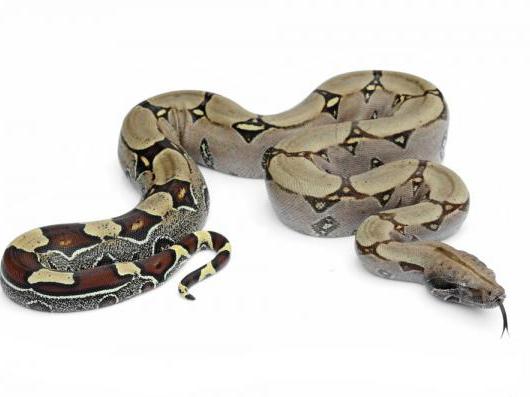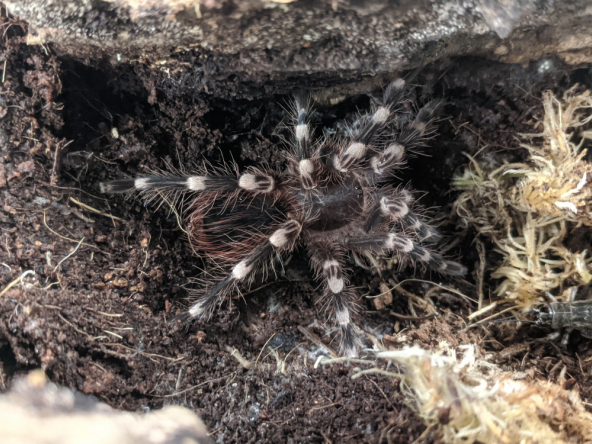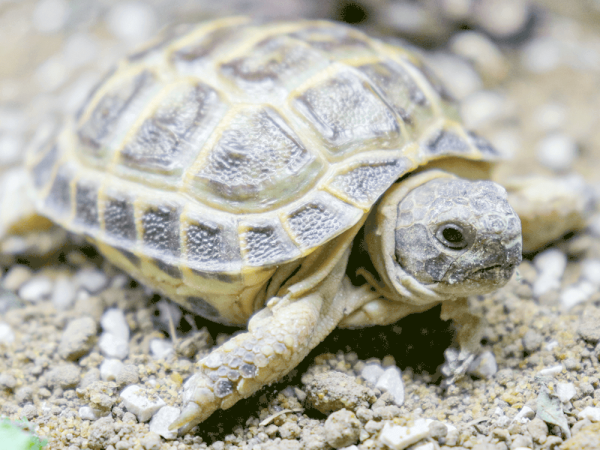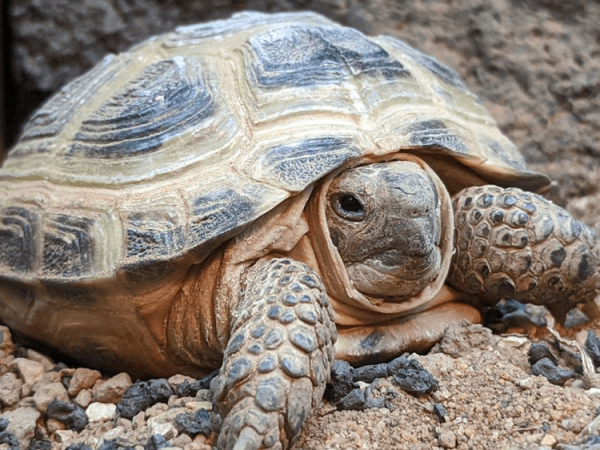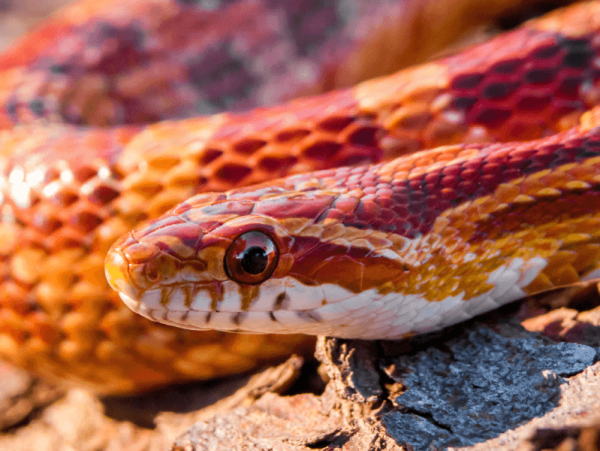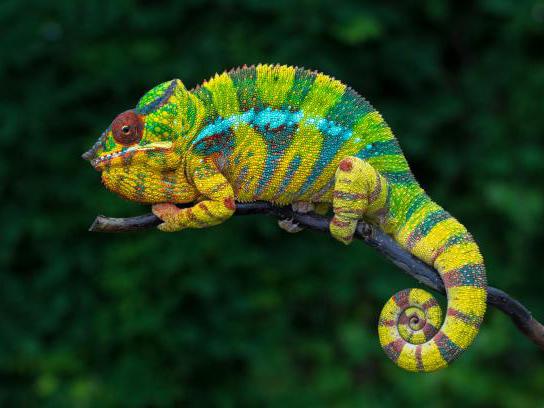Reptile health problems: what is inclusion body disease?
We know you love your snakes, and we sure do too, and great snake care is therefore in all our best interests. But sadly, they are as prone to disease and illness as us humans are, and when it comes to Inclusion Body Disease, or IBD as it is often called, there is no known treatment meaning a diagnosis doesn't not come with a good prognosis.
But as with everything in the reptile keeping world, knowledge is power, and the more you know about IBD the more you can do to prevent it and keep your snakes healthy and well.
What are the symptoms of Inclusion Body Disease?
Part of the problem with IBD is that in many snakes it presents as asymptomatic, meaning that there are no noticeable symptoms, especially near the beginning of the infection, but in most cases there are some noticeable markers of the disease you should look out for.
Firstly, you should only really be looking for symptoms in the family of snakes referred to as BOIDS. This is the family including pythons and boa constrictors. Although the disease has not been completely ruled out in other types of snakes, there are no fully documented cases in other families.
The presentable symptoms then differ slightly between boas and pythons:
Symptoms in Boas
Because of the nature of the disease which attacks the central nervous system, most symptoms are related to movement and behavior. It causes damage to the myelin sheath that protects the nerves that control movement, eventually attacking the nerves themselves.
Primarily, this comes in the form of a flaccid (floppy) paralysis, meaning your snake cannot move like it used to, is unable to strike or constrict and cannot turn itself over if placed on it's back. Because the snake is losing control of it's muscles, it is likely that it cannot feed properly and may regurgitate some or all of it's meals, leading to weight loss. Shedding is inefficient too as your snake cannot move to rub off dead skin and you might notice an increased susceptibility to RTIs.
Symptoms in Pythons
Pythons experience similar issues when infected, but do not suffer from regurgitation problems and are more likely to develop mouth rot and become agitated before paralysis possibly due to problems with their sight as the illness progresses. Generally, infections in pythons progress quicker than in boas.
Prognosis for IBD
Unlike a host of other snake problems, the saddest fact about this disease is that there is no treatment or cure, making each diagnosis a fatal one. If you have a snake with this disease, we are truly sorry, but if your diagnosis is confirmed by your exotic vet, the kindest thing to do for your snake is to have it put down so their suffering is not prolonged.
The good news is that prevention is the best way forward.
Prevention
This infection is caused by a retrovirus, and so preventing the spread of virus is the preventing the disease itself â" protecting your snake collection.
Use a high quality disinfectant hand wash for reptiles both before and after handling each snake to prevent cross contamination, and ensure you use a similarly effective vivarium or terrarium cleaner to ensure a virus free habitat for your snake.
New snakes from the boid family should always be quarantined before introducing them into the same or adjacent habitats to your existing snakes. Most experts recommend around 3 to 6 months by themselves before allowing them to come into breeding or habitable contact with the rest of your collection.
Although not completely confirmed, there does appear to be a link between IBD and mites in boid type snakes, so be on the lookout for signs of infestation, and be prepared to use a mite treatment immediately if you spot symptoms.




